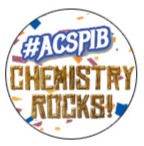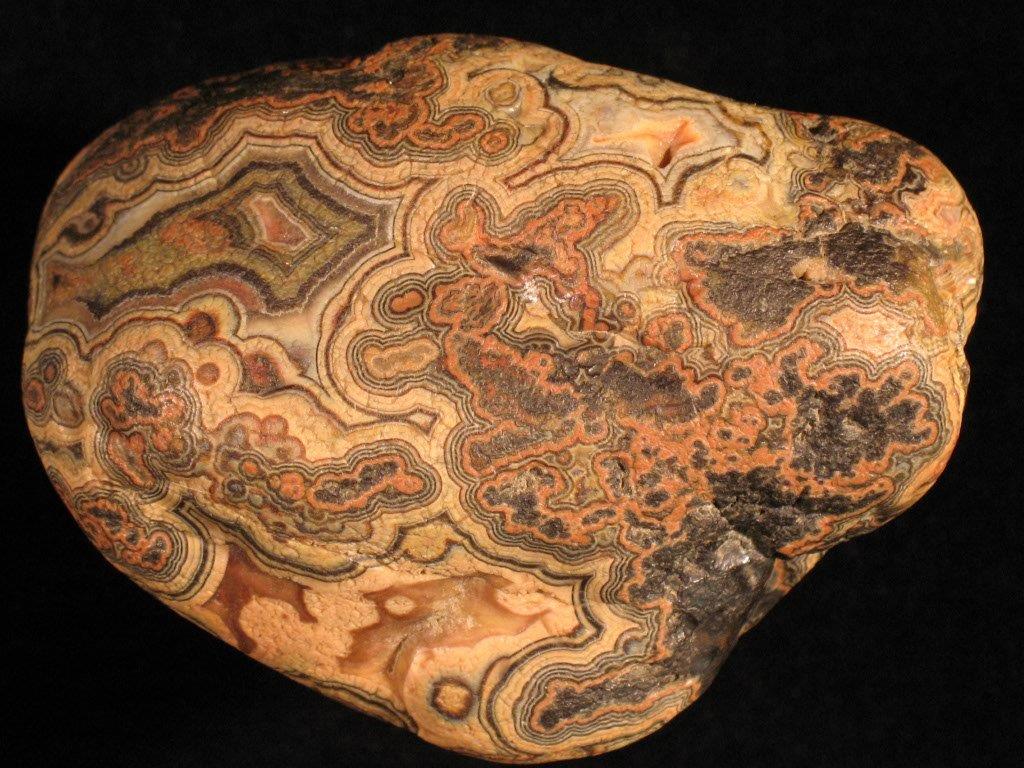


See attached flyer for dates and times and $1.00 off coupon. Show-Me Rockhounds will have tables with Great finds from mineral specimens, geodes, flint knapped projectile points, pre-forms/blanks, agate slabs, cut and polished agates, tumbled rocks, jewelry and more. There will be a Tribute to a Former member, and the Mary Bergman Hamilton Book of Minerals will be offered for sale. Hope to see you there!

Introduction to the Mary Bergman Hamilton Collection of Minerals
In 217, the children of Mary Bergman Hamilton donated her lifetime collection of minerals to the Show-Me Rockhounds. In order to share this gift with other rockhounds and interested earth science students, our club has put together this publication.
Mary had divided her collection into minerals she had purchased, those she had traded for, and those that she had found on rockhounding field trips. We have followed this same format in how we have organized this book. At the beginning of each section we have some tips for how you, as a rockhound, can add to your collection using these methods.
A number of the minerals in the collection fluoresce under short- or long-wave ultraviolet light. We have added a section to the book to highlight these minerals and explain a little about fluorescence.
We have a page showing the collection as it was displayed at the 60th Annual Kansas City Gem and Mineral Show in 2022.
Finally, there is a page of the book to emphasize the importance of good recordkeeping and labeling of a mineral collection. We show Mary’s method of index cards and mineral labeling.
We hope that this book will inspire both novice and experienced rockhounds by showing what a dedicated amateur can accomplish.

We have books available for $15.00 per copy. If you are interested in purchasing a copy(s) you may email Dan Snow President of the Show-Me Rockhounds of Kansas City at showmerockhounds.com

The American Chemical Society is hosting a live webinar called “Chemistry Rocks! – Exploring the Chemistry of Rocks and Minerals” on Tue, Oct 24, 2017 from 6:00 PM – 7:00 PM CDT. We are surrounded by rocks and minerals everywhere…in the ground we walk on, the places we work and live, and even in the food we eat. How are chemists experimenting with these fundamental materials to help the world and make our lives better? Ask questions live to the experts regarding the amazing work that is being done in rock and mineral science.
To see the webinar, sign up at GoToWebinar and fill out the form. They will send you an email to confirm. Then, on Tuesday at 6PM Central Time, follow the link in the email, make sure you have your computer’s sound turned on, and enjoy!

Come to the 50th annual Rock and Mineral auction in Rolla! It will support the C.L. Dake Geological Society and entrance is free.

Cake by Whisk Cake Company, http://www.whiskcakes.com
A talented baker made this geode layer cake with fondant for the layers and a rock candy geode surrounded by gold and silver leaf. I am very impressed with the banding in the geode. It looks very tasty. This cake was recently featured on Cake Wrecks in their Sunday Sweets section, which is a day of beautiful cakes to contrast with the awful cakes on other days. There are other geode and rock-related cakes including a malachite cake posted that day, so be sure to go to the Cake Wrecks post “Oh Em Geode” and see the rest.
Special guest article from Show-Me Rockhounds club members Dan and Connie Snow

Group picture of Fairburn agates – Dan Snow
Fairburn agates are a form of microcrystalline chalcedony, 100% silicon dioxide with a hardness of 6 ½ to 7 on the Mohs scale. They are also called fortification agates because of their banding. They were formed approximately 300 million years ago in an ancient limestone bed of an inland sea. To hunt Fairburn agates requires looking at every rock and turning many with a rock pick. It is strictly surface hunting no digging, mining, cracking or breaking rocks. The photos shown are exactly the way the agates were found, with no cutting, polishing or tumbling having been done.

Frog Rock – Dan Snow
Fairburn Agates found by Dan and Connie Snow. Collected from the Fairburn Agate beds of South Dakota and the Oglala National Grasslands in Nebraska.
Labradorite has become a popular gemstone because of the unique iridescent play of color that many specimens exhibit. Labradorite is a feldspar mineral of the plagioclase series that is most often found in mafic igneous rocks such as basalt, gabbro and norite. Some specimens of labradorite exhibit a Schiller effect, which is a strong play of iridescent blue, green, red, orange, and yellow colors as shown in the photographs above. The Schiller effect is also seen in fire agate and mother of pearl. Labradorite is so well known for these spectacular displays of color that the phenomenon is known as “labradorescence.” Specimens with the highest quality labradorescence are often selected for use as gemstones. Labradorescence is not a display of colors reflected from the surface of a specimen. Instead, light enters the stone, strikes a twinning surface within the stone, and reflects from it. The color seen by the observer is the color of light reflected from that twinning surface. Different twinning surfaces within the stone reflect different colors of light. Light reflecting from different twinning surfaces in various parts of the stone can give the stone a multi-colored appearance.

Photo by Stephanie Reed
We interrupt the Spring Gem and Mineral Show to remind you to set your clock forward one hour tonight for Daylight Savings Time.
This clock is from the collection of David Reed. It contains agates, Apache tears (obsidian), a craft store clock kit, and lots of resin. It looks pretty good with his other rock clock.
Household Products That Can Be Used As Rock Cleaners
by Betsy Martin
Safety: Always use plastic containers, rubber or nitrile gloves, eye protection, good ventilation, and great care when handling these products.
1. Zud or Barkeeper’s Friend cleansers (contains oxalic acid) – Warm or hot solutions will remove iron stains and are helpful with clay deposits. These cleaners can be used with a toothbrush on sturdy surfaces.
2. Toilet Cleaner (the hydrochloric acid type) dissolves calcite rapidly. After treating anything with an acid, rinse very carefully and soak in ample fresh or distilled water for a while to leach out any acid remaining in crystal seams and fractures. You can then follow up with a final soak in dilute Windex to neutralize remaining traces of acid.
3. Lime Away (dilute hydrochloric acid) dissolves calcite more slowly. Rinse as you would for other acid treatments (see above).
4. Calgon – Dissolve this powdered water softener in water. Use for clay removal.
5. Vinegar (Acetic acid), soda water, colas (carbonic and phosphoric acids) – Will slowly etch out very delicate fossils in limestone. Rinse as you would for other acids (see above)
6. Iron Out (iron stain and clay remover) – Mix with warm water and use with good ventilation. It will lose strength if stored. Rinse with plain water.
7. Bleach – Dilute solutions of bleach can remove organic deposits and disinfect minerals collected in areas used by livestock. Rinse with plain water.
8. Hydrogen peroxide – Use to remove manganese stains. Rinse with plain water.
9. Citric acid – Use to remove manganese stains. Rinse as above for acids.
10. Windex (with ammonia) – A good clay deposit remover and final surface cleanup. Works well in ultrasonic cleaners. Rinse with plain water.
11. Distilled Water – Use to clean sensitive species and as a final soak after acid treatment.
Removing Thin Coatings:
On moderately hard minerals – use toothpaste (a feldspar abrasive) and a toothbrush.
On hard minerals – use toothbrush with pumice powder and water.
On calcite (including bruised places) – quickly dip in vinegar or Lime Away and rinse thoroughly. Repeat. Soak in plain water afterwards to leach any acid from cracks.
The following tools can be used for cleaning minerals and tools:
Toothpicks, seam ripper, bamboo sticks, sewing needles in a pin vise, old dental tools, old toothbrushes, periodontal brushes, canned air, Exacto knife, single edge razor blades, cheap small stiff bristle brushes.
Source: The Gemrock, 06/2015